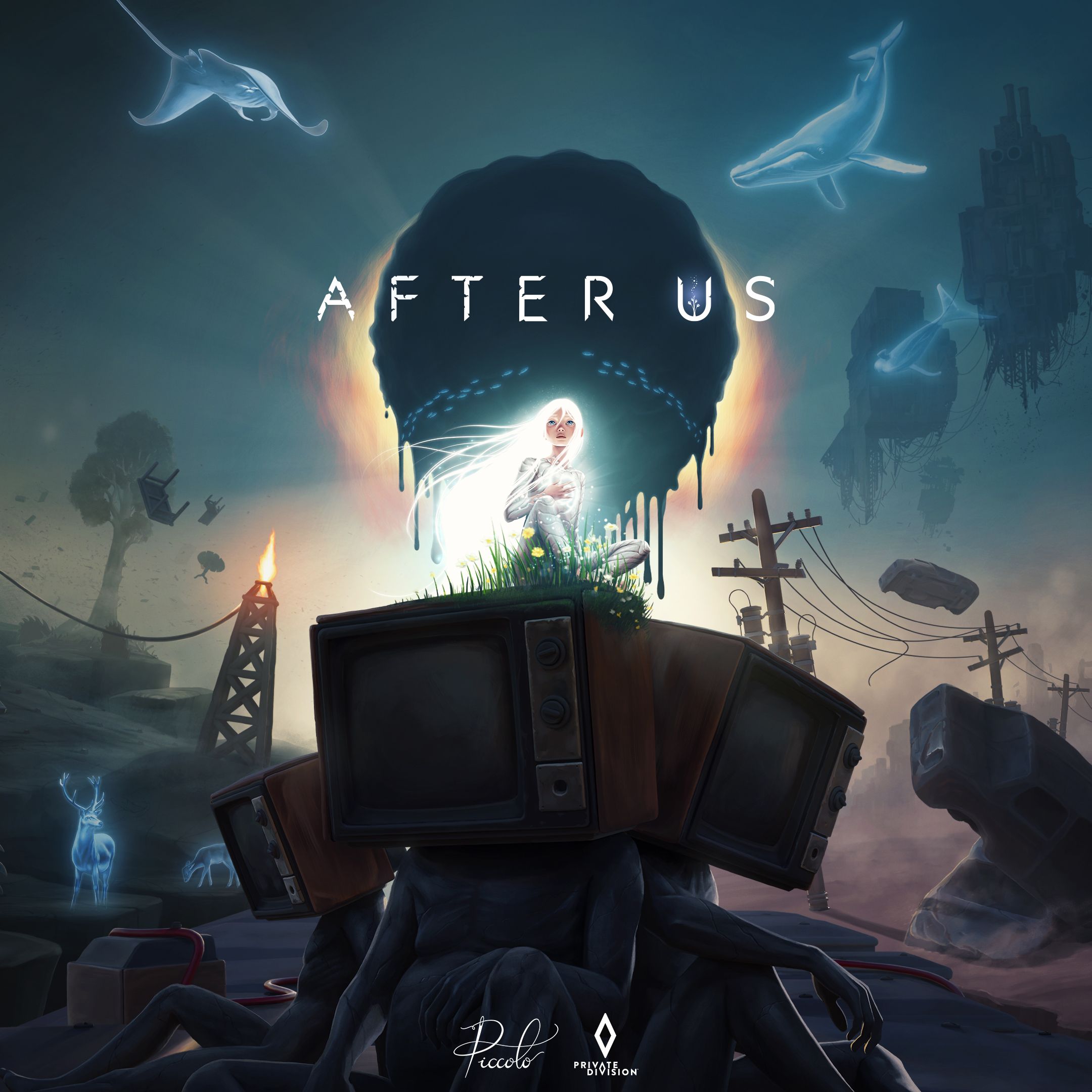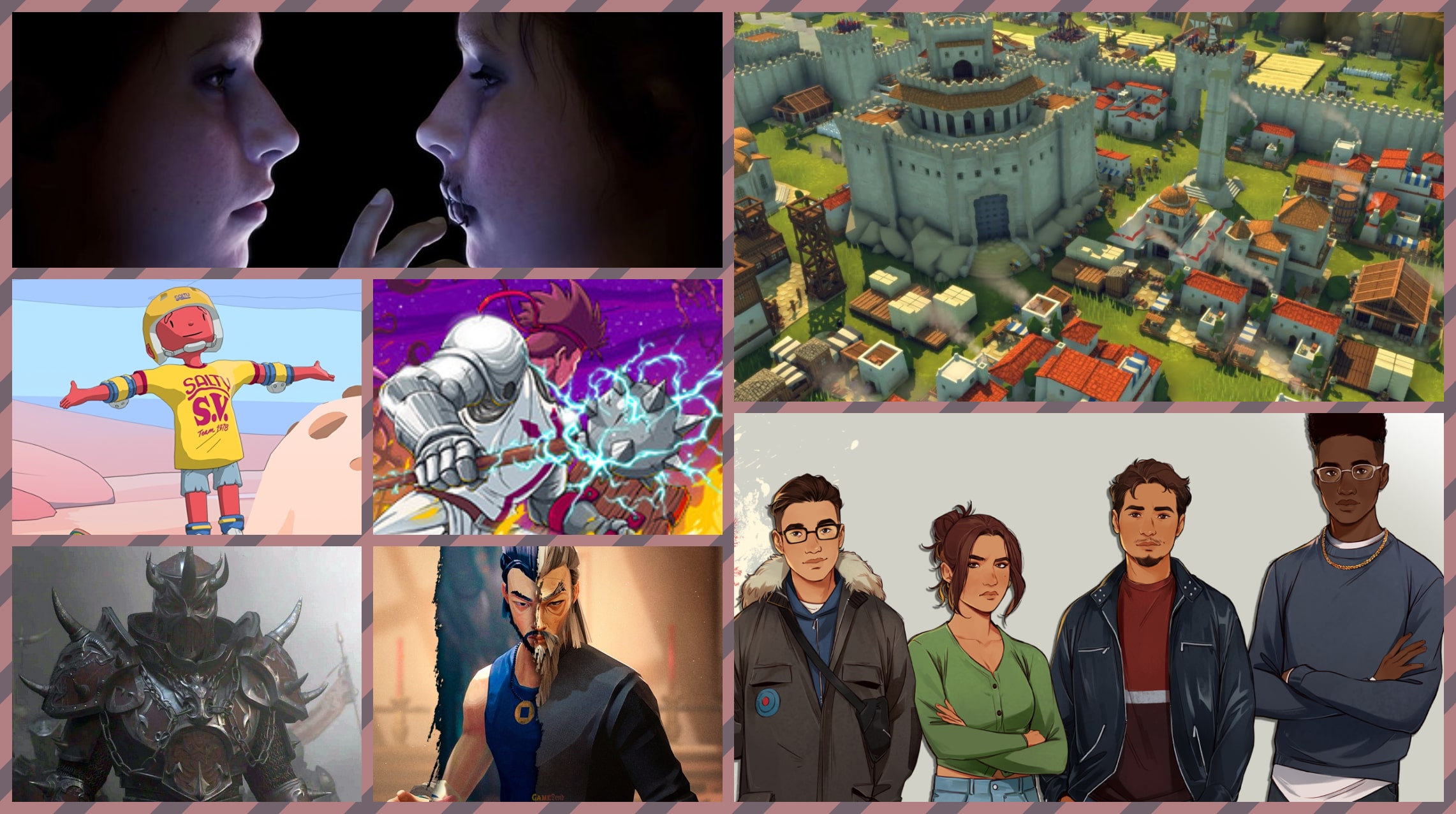After Us Review (PS5) – A Journey of Extinction
If you loved the Journey series, or games similar to Abzû, it will likely be very difficult to turn a blind eye to After Us. The game takes place in a post-human world following extinction where you will navigate the nooks and crannies of this surreal and dilapidated universe. Mother Nature has used the last of her life force to try and save animal souls, but only a few survived.
This is where Gaia – the protagonist – assumes her role. Animal spirits are left to linger in the world around you, and Gaia must find these to help restore their souls into the universe. Spirits are not the only thing that Gaia will need to restore. Life is trapped within eight vessels, and it can be restored if Gaia can find them all.
The voice guiding Gaia tells her that whilst she has lost her power, she can give her heart to them to find the vessels and spirits. Gaia is up to the momentous task to restore the Ark.
Begin Again
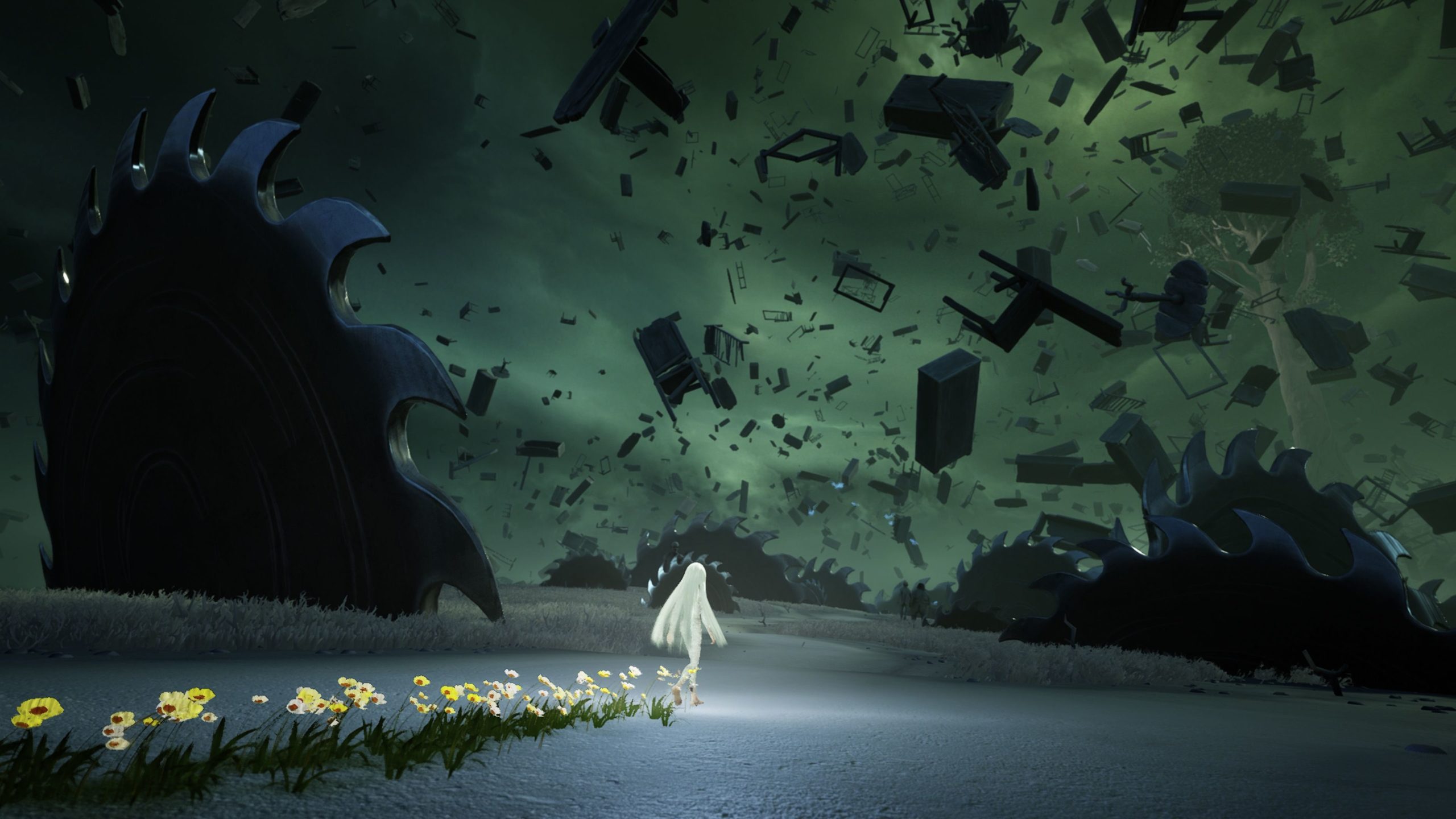
Gaia must now brave the world alone, finding spirits, locating the large vessels and uncovering memories trapped in a world that once was. Everything is dead, only metal and plastic remain. The world you live in is full of devourers, once human. Devourers smother everything with poison, engulfing your spirit and eventually turning into stone themselves.
My first impression is a sense of beautiful disaster. After Us is very relaxing in the most ominous way. Gaia looks as if she has fallen from heaven, and is best friends with the tooth fairy. Everything about her embodies light and healing as she has now taken the heart of Mother to try and restore the Ark. As Gaia walks plants, foliage and growth follow her in her footsteps. She is walking life to the ground below her.
Your journey begins in what looks like an abandoned multi-story car park. Everything is derelict in some capacity and although Gaia is small, she is mighty. Gaia can float through the air after jumping and dashing. Her main two powers involve throwing the heart which can retrieve spirits and fight off devourers. Her other power involves charging up a radial burst of life. Exploding foliage in the short radius around her, growing plants on isolated weeds to grow beautiful trees or clearing the poison left from devourers on the ground. This power changes often it’s function of what it can do dependent on where you are in the world. At times, you’ll need it to float through tree’s and gain airspace, at other times you’ll need it to find cover in a location full of toxic rain.
As you explore your first area, Mother shows you that your main goal is to free the bigger vessels. There are eight of them in total, and they all ‘main’ a location. Usually you’ll find this at the end of your destination. The map shown by Mother depicts a constellation to navigate. Showing you lines of direction. Spirts not collected make up stars, and the direction on the constellation can guide Gaia to her next destination. The first vessel is the empty vessel of a dog. Before reaching them, Gaia can collect as many spirits as she possibly can that is linked to the dog. Once collected, you’ll see these souls roam the space around you. As you progress through the game, it starts to get far less lonely with the spirits you collected. Gaia is able to pet each animal she comes into contact with should she want to.

Spirits won’t always be easy to locate and you as the player will need to do a lot of exploring to find them all. Gaia can sing into the atmosphere and butterflies will flutter to the direction of where a spirit may be. Controlling Gaia is incredibly slick; she moves at such a fast pace that both the camera and her movement feel like melted butter. Locations are not linear and After Us utilises nearly every part of the environment you can see. Games that usually have slick controls can often fall flat with their camera control, either making the player feel a sense of motion sickness or not quite catching up with your own movement. This never happened in After Us and was something that I immediately noticed when traversing the levels.
After Us does an impressive job of not being obvious in your route, inviting that exploration and intriguing nature – similar to games like Journey. There’s always something around every corner, rewarding you for your time searching. After the first few main locations, After Us allows you to tailor your journey by letting you choose your next direction and location.
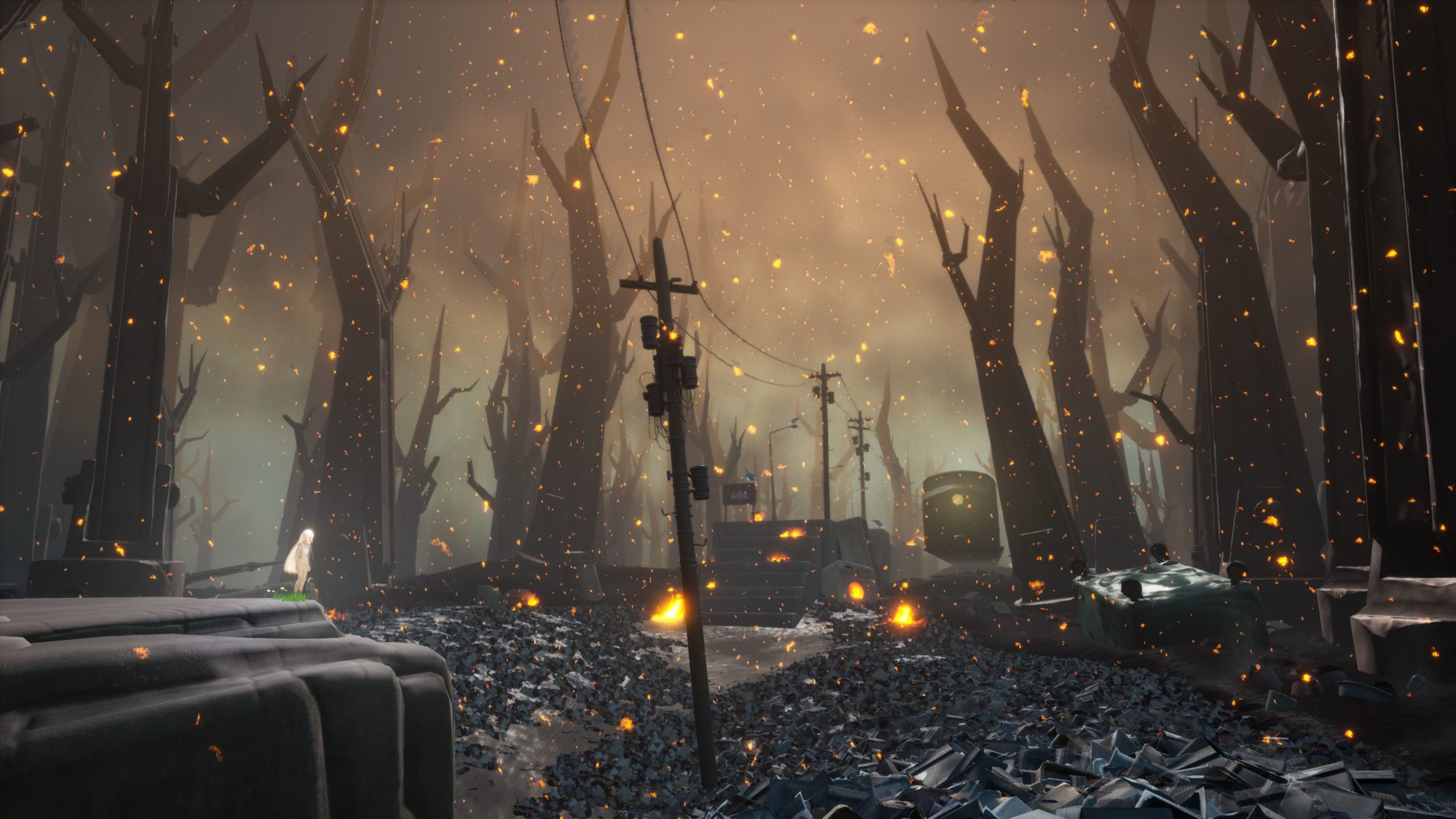
I initially had reservations about the visuals and environment of After Us. Whilst it does give you a sense of serene and atmospheric tranquillity within chaos, the first section felt long. I worried it would look like this throughout the course of the game and become quite one note. However, I was continuously impressed and proven wrong as I continued my playthrough.
Each vessel section almost embodies such different localities. If you think about the districts in the Hunger Games then you will likely understand some of the very different types of looks that After Us can bring. From the parking lot to a trash skip with toxic rain, swim the sea’s deep depths, and explore old mines, abstract mountains, or the surrealistic world of bird cages.
At one point, I felt so interested and curious to know what the next vessel’s location looked like, I wanted to play it just to get to the next location. It excited me to know what differences in traversal and obstacles there would be and how my burst of life will be used.
Devour and Conquer
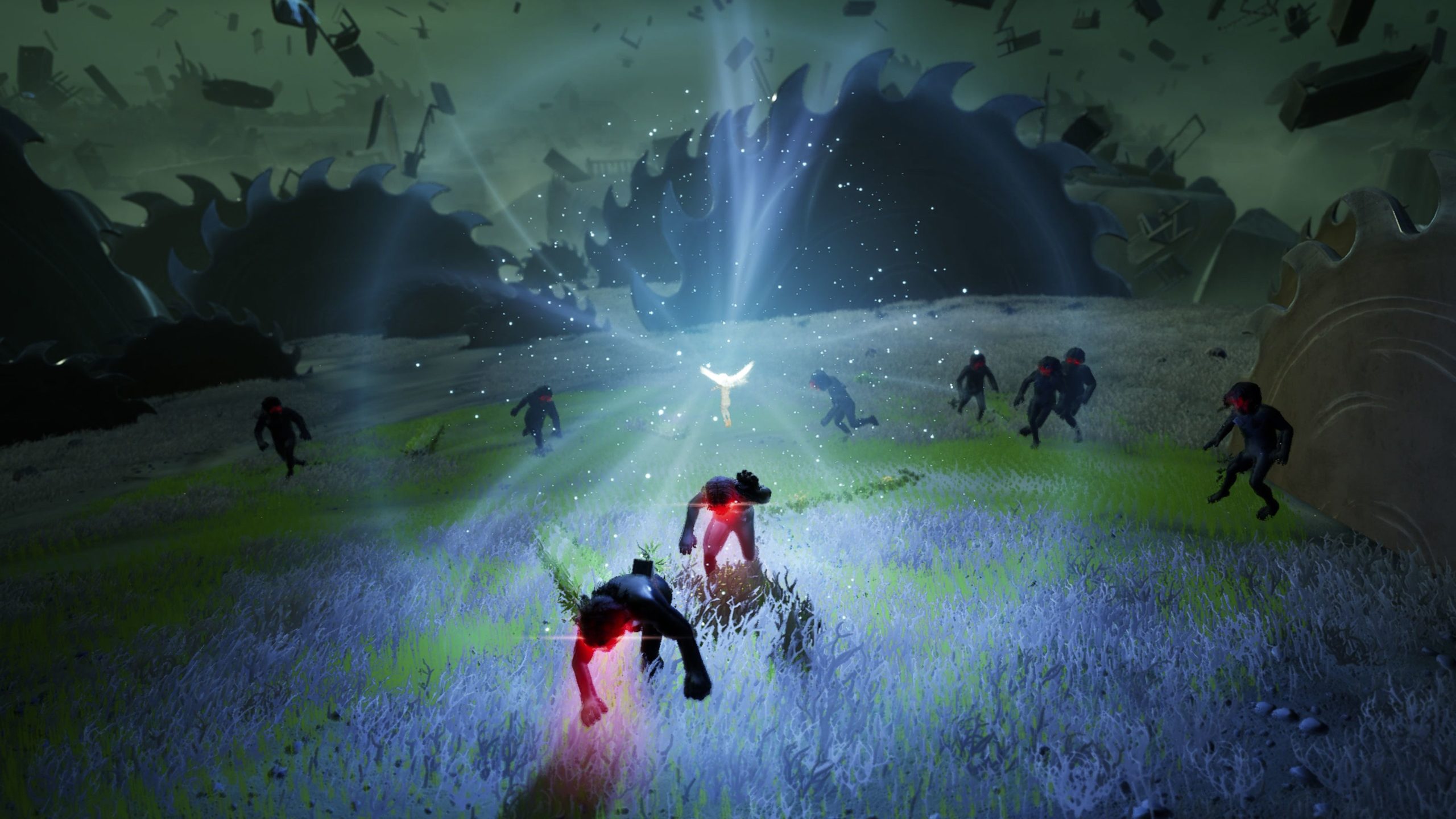
Your only enemies are the Devourers and the world around you they’ve made toxic. If you prefer a gaming style that focuses heavily on exploration and platforming over combat then After Us would be a very easy recommendation for that type of play style. There are less than a handful of different variations of enemies and no ‘big bosses’ so to speak. Unless you count towers that link Devourers by their head, meaning a few may come to suck your soul at once then that’s ya lot.
These towers make up the fast travel points players can jump to if they need to revisit any areas to clean up any spirits or memories. The enemies are defeated in the same way, you can throw your heart and recall it back, this will penetrate the enemy and almost ‘clear’ it of some toxin. You continue to do this to see the splatters of black toxic sludge clean from their body uncovering their stone like skin. Once that’s happened they disintegrate to the ether.
I imagine that there was a conscious choice not to make the enemies very difficult given that you can explore the map in your own way. Enemies can and will throw things at you, or perhaps dive to try and devour you, but this will be the extent of their attacks. The only variation is larger Devourers that have a TV on their back that you will need to attack from behind. Was this at times sometimes a bit repetitive? Sure. But After Us is not about enemies your up against.
If you prefer a play style that tests your abilities in combat, After Us will leave you disappointed. However, the environment is so interesting to explore and there is something new in every single biome in regards to how you play, which was exciting to uncover. Of course, there will be things that are not for everyone. I can’t say I massively enjoyed an area that was completely designed like a bee hive, having a large bee phobia myself.
There are times when timing will matter. An area that explores underground mines and the self-activating dynamite you need to put out certainly got my heart racing to prevent many explosions and death. It wasn’t my favourite area, but it changed the game’s pace substantially before bringing it back to a tranquil adventure. I found myself becoming increasingly impressed as I continued the campaign.
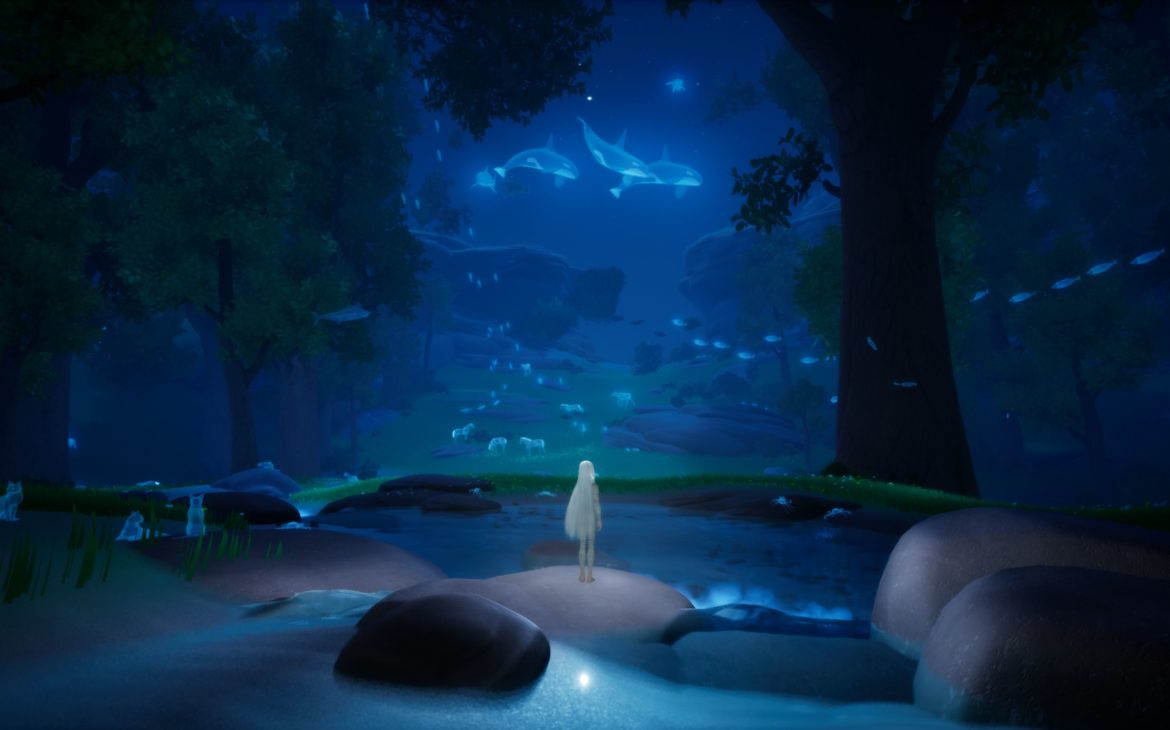
The score of After Us is so nonintrusive and delicately sets the tone in each area. Something you could easily play in the background when you need to focus. Completion for After Us took me around 7 hours, but I still have some spirits and memories to collect. The ending is thought-provoking and poignant with a few simple words, but the premise may still leave you with more questions than answers.
In regards to any bugs and problems, I, unfortunately, did have a handful of hard crashes. I feared a few in one particular place would lock me out of the rest of the game. This resolved itself eventually when I used a different route in a particular area. After Us saves so often that I don’t think any progress was lost when these took place.
A really special add-on is once you have completed the game you are given a seed that can be planted in an online garden. This seed is unique to you and can be placed anywhere there is space. Hopefully, there will be a garden full of trees with a player base appreciating this game in the future.
After Us is an atmospheric platforming adventure that leaves you thinking about the beauty in extinction rather than the horrors. With slick controls, appealing environments to explore and a tranquil nonintrusive soundtrack, fans of titles like Journey will likely enjoy the exploration of a surreal and desolate world of post-human life.

After Us releases on 23rd May on PS5 (review platform), Xbox Series S|X and PC via Steam.
Developer: Piccolo Studio
Publisher: Private Division
Disclaimer: In order to complete this review, we were provided with a promotional copy of the game. For our full review policy, please go here.
If you enjoyed this article or any more of our content, please consider our Patreon.
Make sure to follow Finger Guns on our social channels –Twitter, Facebook, Twitch, Spotify or Apple Podcasts – to keep up to date on our news, reviews and features.
